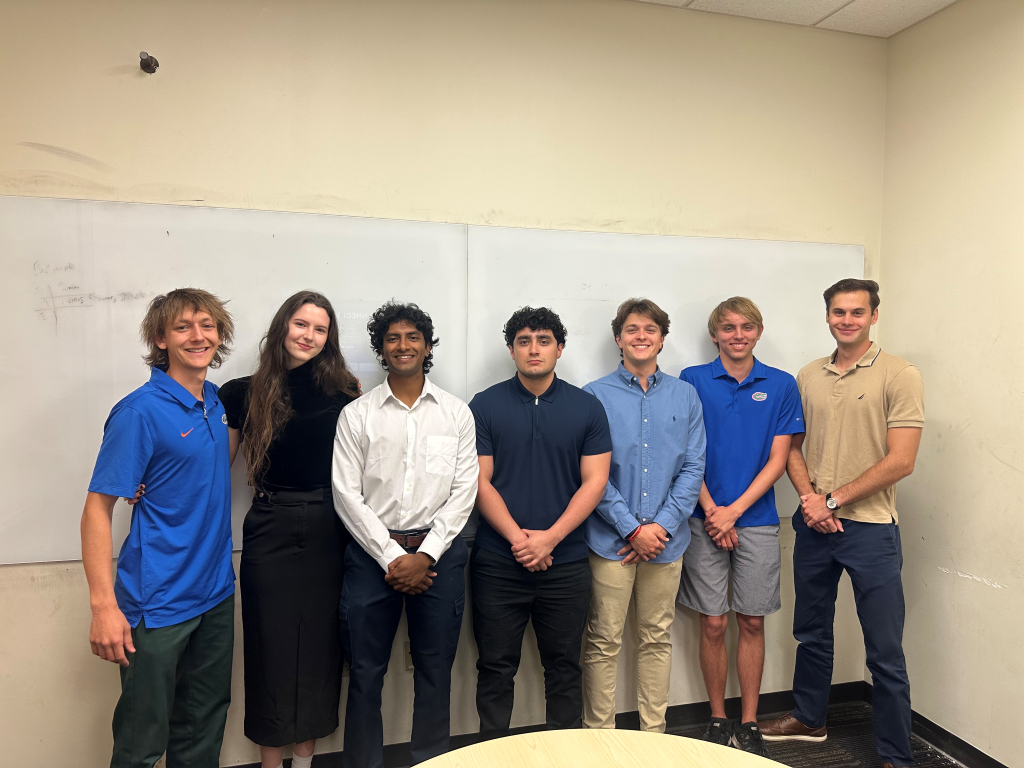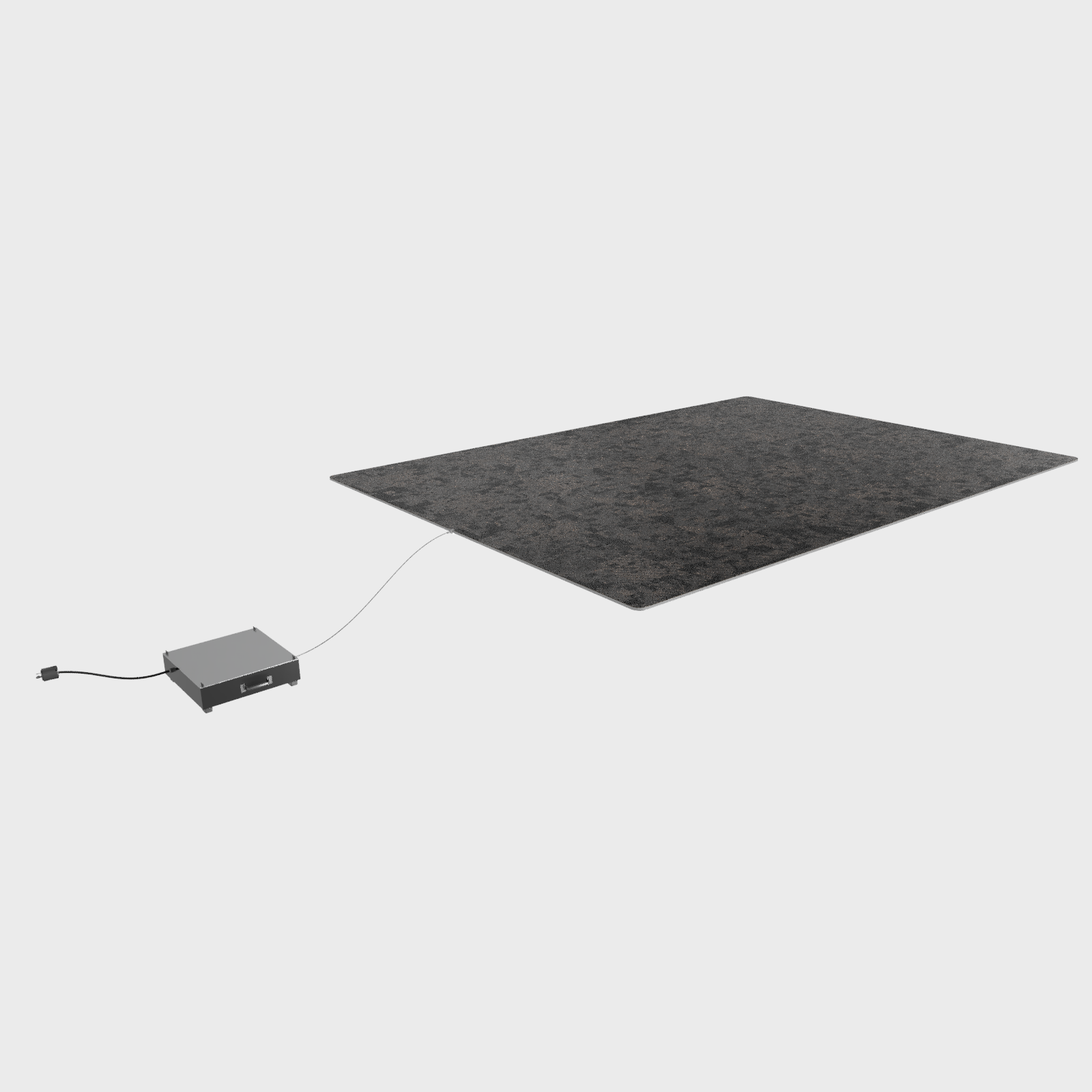Team Members

Jonathan Howes, Avery Featherstone, Nikhil Srinivasan, Luke Zudans, Daniel Minogue, Austin Duchene, Jamil Tobito
Abstract

Militaries have employed decoys for thousands of years to deceive and outwit their opposition. These designs range from the Trojan Horse employed by the Greeks to wooden plane models used during World War II, and even inflatable model tanks used today. In an age where wars are now dominated by information, distracting the enemy can be the difference between life and death for many troops serving on the frontline. Although the effectiveness of previous decoys has always been measured by their physical appearance, the widespread use of infrared imaging has reduced the impact of current decoys. The Scarecrow project serves to enhance modern decoy technology by adding an accurate thermal signature to the visually effective physical decoys currently employed by the US Army. The blanket-like form of the Scarecrow decoy uses joule heating in a programmable heating array that conforms to the surface it is placed on. This allows the device to mimic the heat signature of the engine block and tracks of a variety of US Army vehicles while having control over the temperature profile. The design is assembled through primarily stitching and cutting fabric and applying thermally conductive ink to assemble the heating elements. The device can also be deployed onto a physical decoy swiftly and with ease, as it only requires the user to roll the device out flat and plug the device into a generator. The accuracy of the thermal signature, paired with the ease of assembly, ease of use, and 12 hours of functionality indicate that the Scarecrow’s design could enhance the modern decoy format against developing surveillance technology.
3D Interactive Product Model
The following is an interactive 3D model of the product design. You can view and rotate the product assembly in different orientations and views, including an exploded view to see the various parts that make up the assembly.
